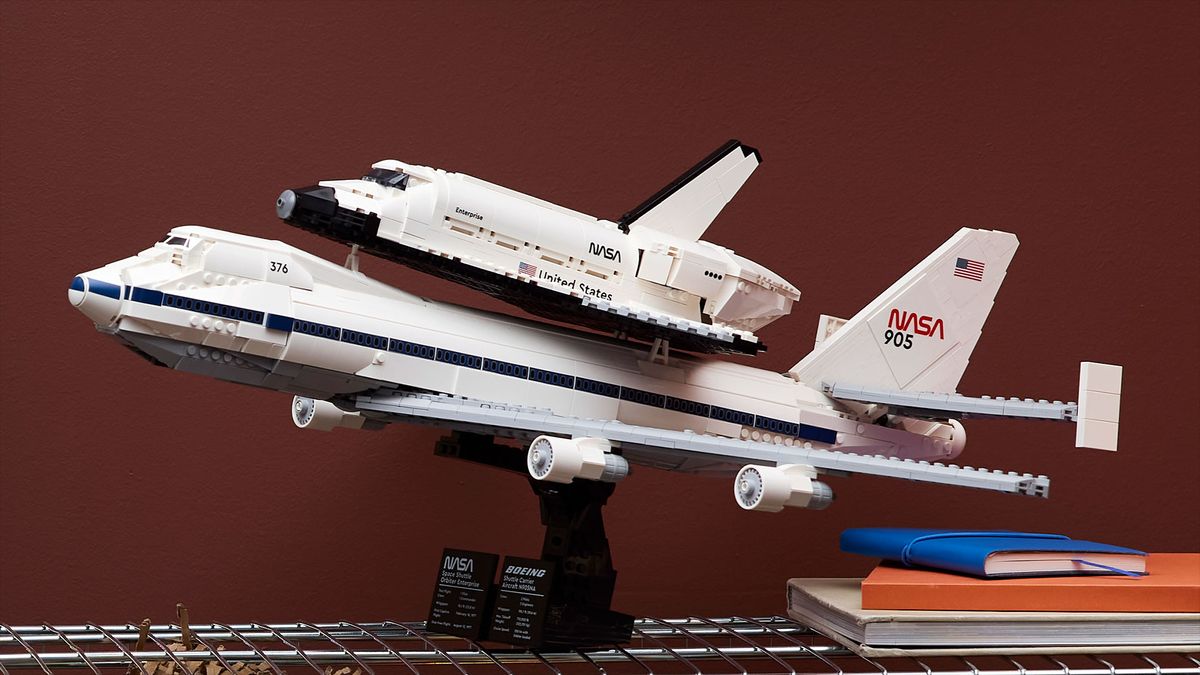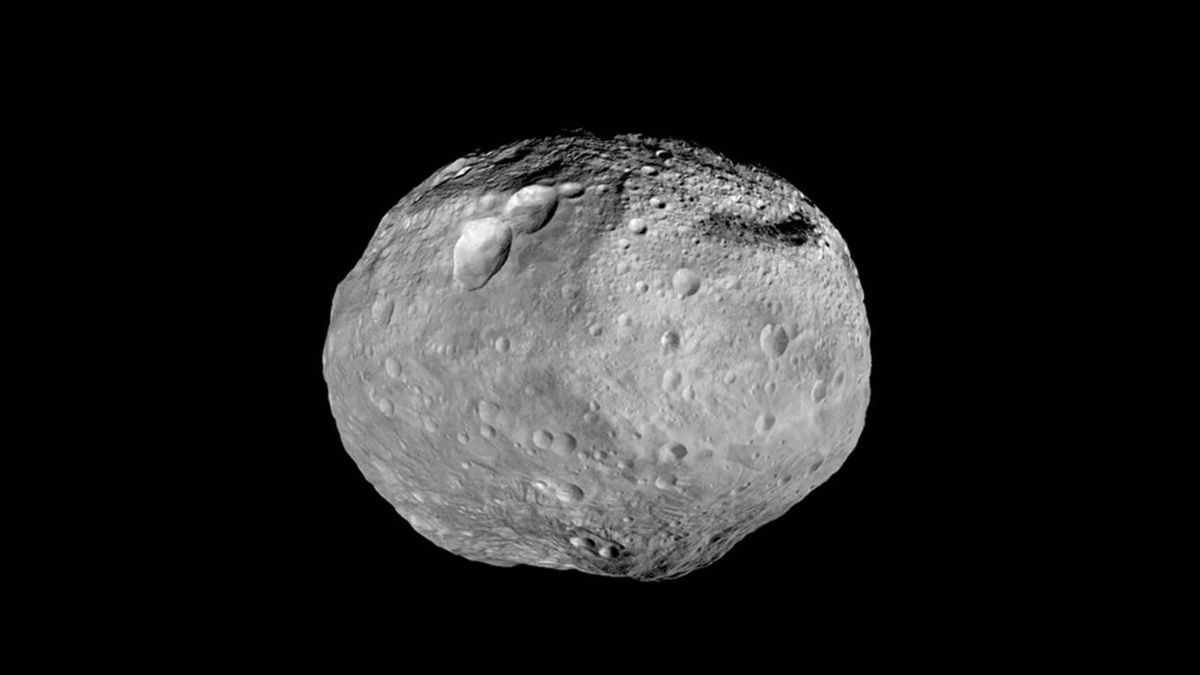ARTICLE AD BOX
 The International Space Station, photographed in 2021. Credit: NASA
The International Space Station, photographed in 2021. Credit: NASA
Since 2011, NASA and the International Space Station (ISS) National Laboratory have engaged in public-private partnerships with entrepreneurial United States companies to bootstrap a commercial business ecosystem in low Earth orbit dubbed “the LEO economy”. Today, 15 commercial service providers own and operate private facilities on the ISS, representing tens of millions of private dollars invested in high-risk commercial facilities and services. These are mostly small businesses, and they are the ground troops for the early LEO economy. However, recent changes, especially the imminent decommissioning of the ISS, the drop in ISS cargo missions caused by NASA budget shifts, and the resulting loss of access to these private facilities, threaten to derail and reverse this progress and cause the U.S. to cede the space-based industrial economy and possibly the military high ground to our adversaries.
A growing LEO economy
President Trump’s 2020 National Space Policy helped accelerate the U.S. toward the commercial industrialization of LEO and has positioned us to reap substantial economic and national defense benefits. The policy says, in part: “A robust, innovative, and competitive commercial space sector is the source of continued progress and sustained United States leadership in space.” Its first listed goal is to “Promote and incentivize private industry to facilitate the creation of new global and domestic markets for United States space goods and services.”
Evidence abounds that the 2020 policy and the public-private partnerships are working. For example, over the last five government fiscal years, 65% of ISSNL-sponsored research has been conducted using privately owned and operated facilities. NASA funds only about 40% of the Lab’s total spend; non-NASA funding for ISSNL R&D projects exceeds NASA’s funding three to-two. Even better, startups have raised nearly $2.4 billion following their ISSNL-sponsored research. This is about 10 times NASA’s investment in the Lab, and 95% of the $2.4 billion was attributable to work done with commercial service providers.
The result is a growing industrial base, dozens of patents and new products and hundreds of scientific papers, all of which benefit life on Earth, space exploration or both.
Today’s commercial service providers and their U.S.-based industrial, academic, and national defense customers are developing techniques and markets for products manufactured in space with the potential for huge positive impacts on Earth. These products include order-of magnitude better computer chip substrates (the base layer of a chip) for faster computing, improved fiber optic cables for faster communications, new biological and bio-pharmaceutical products like human organs, drugs and therapeutics, and improved Earth observing technologies. The U.S. Department of Defense uses the ISS and these private facilities to conduct important defense-related R&D. Thousands of students in the U.S. participate in experiments on the ISS, motivating the next generation of scientists, engineers and
entrepreneurs. The commercial service providers and their customers are the backbone of any future commercial LEO economy, and the long-term economic potential is trillions of dollars.
A LEO economy threatened by the loss of commercial services on the ISS
However, the ISS is scheduled to de-orbit in five years, so a handful of companies are busy developing private space stations to take its place. NASA will likely be the key customer on these stations at first, but it hopes to be one of many customers eventually. Today’s commercial service providers and their customers are the most likely source of non-NASA U.S. customers, but they may be squeezed out of existence well before 2030, starting this year.
How? Today’s space entrepreneurs are entirely dependent on NASA’s ISS cargo missions to get their R&D payloads to space. Unfortunately, budget constraints forced NASA to reduce the number of planned U.S. cargo missions from four or five per year to three. So, while NASA is focused on ensuring that there is no gap between the end of the ISS and the start of private space station operations, a different kind of gap has already formed — an ISS access gap caused by too few cargo missions. With only three ISS cargo missions per year, and with astronaut food and supplies a higher priority than R&D cargo, today’s commercial service providers often cannot access their facilities. No access means no revenue, and as access and revenue go down, commercial service providers’ ability to provide services in the future goes with it.
I’ve spent more than 35 years in this industry working to bring the LEO economy to life. I believe that the threat to the commercial LEO economy is real and immediate, but also avoidable with more cargo launches to the ISS. On the current course, this generation of small business space entrepreneurs, and their customers and investors, will be wiped out. If that happens, then it could take another 20 years or more before entrepreneurs and private capital are ready to try again. The U.S. will lose its opportunity to dominate the LEO economy and to reap the resulting economic and national defense benefits. Who will fill the gap? My guess is that it will be the two other great spacefaring countries, China and Russia.
Mark Gittleman is a long-time space and defense industry executive. He is the current chair of the ISS National Laboratory® User Advisory Committee and of the Aegis Aerospace Board of Advisors.
SpaceNews is committed to publishing our community’s diverse perspectives. Whether you’re an academic, executive, engineer or even just a concerned citizen of the cosmos, send your arguments and viewpoints to opinion@spacenews.com to be considered for publication online or in our next magazine. The perspectives shared in these op-eds are solely those of the authors.
Mark Gittleman is a long-time space and defense industry executive. He is the current chair of the ISS National Laboratory® User Advisory Committee and of the Aegis Aerospace Board of Advisors. More by Mark Gittleman

 5 hours ago
3
5 hours ago
3








 English (US) ·
English (US) ·